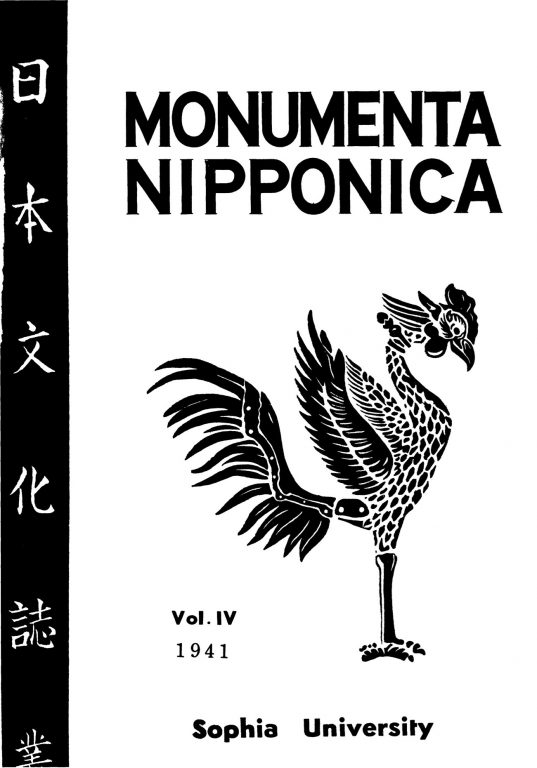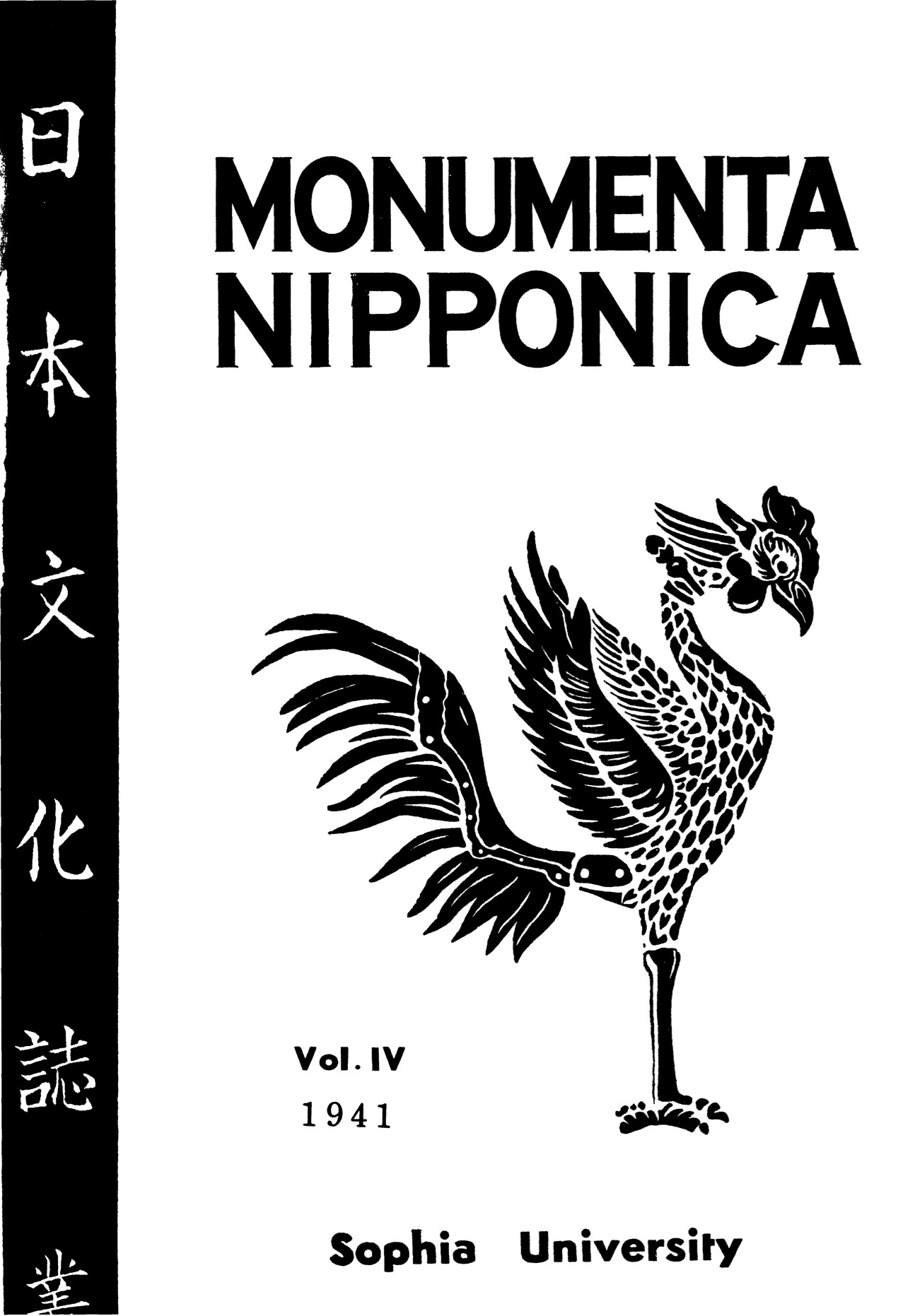The System of Communications at the Time of the Meiji RestorationTakaharu Mitsui
MN 4:1 (1941) pp. 88–101
The communications of Japan as of most other countries are today administered as two different, mutually independent enterprises, viz. transport and postal service. But from the time when the country adopted the institutions of the Tang dynasty this was not the case. In that respect, therefore, the country followed a course of development similar to that of Europe. But by the middle of the 19th century the word traffic (“Verkehr”), which had originally meant both transport and mail service, came to signify exclusively the transport of passengers and goods. Postal service had been established by that time as an independent enterprise. Thus it came that the Meiji Government imported the Western system of communications not as one but as two separate branches. Herein lies one of the reasons why the recent evolution of traffic in Japan is so different from that of the West and why, therefore, the approach to its study must also be different. In Europe the separated establishment of transport and postal service caused considerable difficulties and frictions, financial as well as administrative. In Japan, however, with the collapse of the Tokugawa Shogunate the newly adopted machinery worked more smoothly, thus securing the remarkable development of this country’s communications within a few successive years.

